The Capitol is the hill overlooking the Roman Forum.
From the time of the Kings there was the Temple of Jupiter on the hill, while at the base, in the Republican era, the Tabularium, the state archive, was built.
In the Middle Ages a fortified palace was built in which, from 1150 and up to today, the civil power of the city took office: Senate and Municipality.
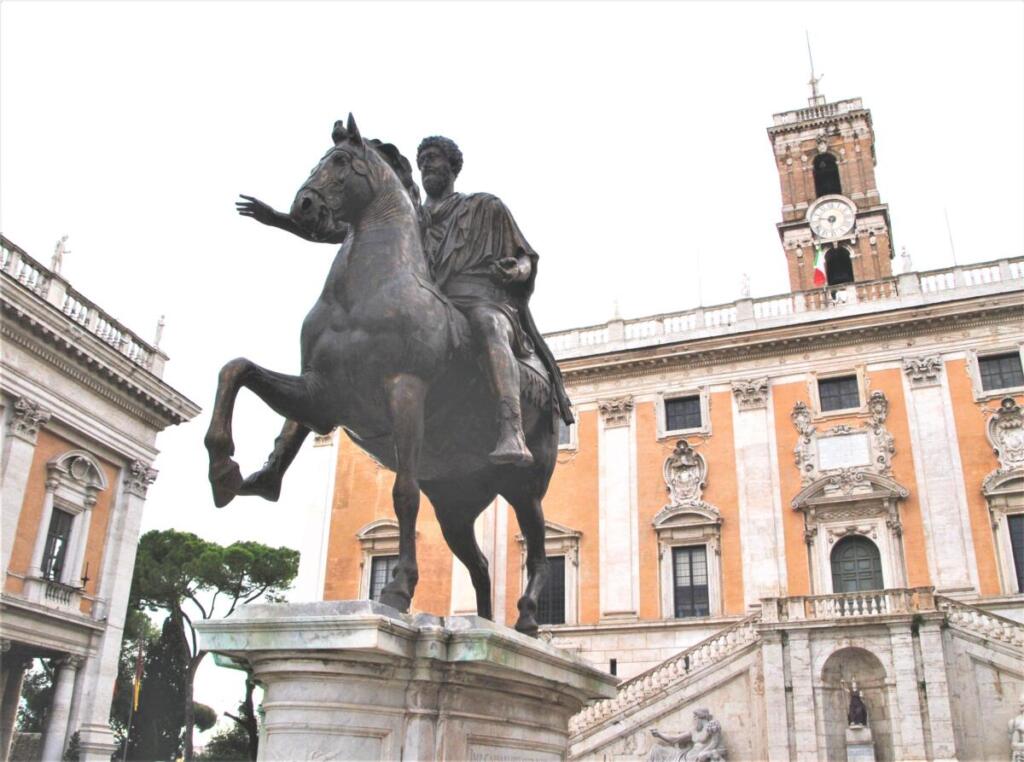
This palace, which first looked towards the Roman Forum, was then turned towards the square and the city.
In 1534 Pope Paul III Farnese commissioned Michelangelo to arrange the square and the three buildings that made it up, placing the statue of Emperor Marcus Aurelius in the centre and the Dioscuri statues with horses on the sides.
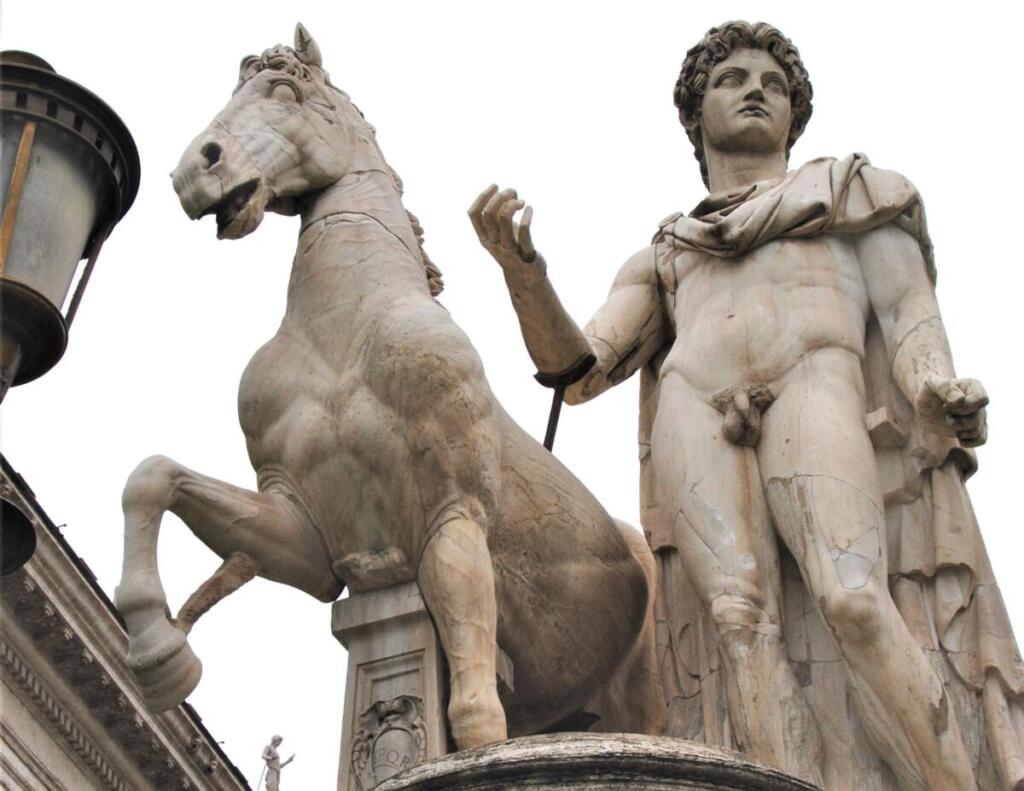
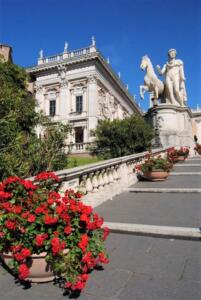
This operation, carried out with great skill, was also done in view of the official visit of Emperor Charles V which would take place in 1536.
The statue of Marcus Aurelius had been created in 176 AD and before that it was in the Lateran. Today the original statue is protected in the museum while a copy has been placed in the square for several decades.
The two Roman statues of the Dioscuri with horses were found in the Circo Flaminio and were placed here in the 16th century, while the two Egyptian lions were placed at the base of the staircase.
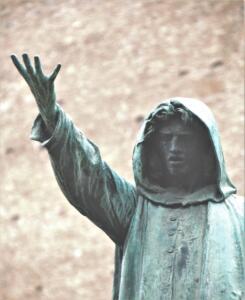
Next to the staircase in 1911 was placed the statue of Cola di Rienzo, a character born in 1313 who modelled himself on medieval Rome.
It was the period when the papacy had been moved to Avignon in France, and the baronial families, especially the Colonna, Orsini and Savelli families, were perched in their palaces and castles and did what they wanted against any law.
Cola di Rienzo, intelligent and also cultured, went to the Pope in France and then in 1344 he returned to Rome starting to give speeches to the people to drive out the barons and restore order to the city.
At the beginning he had great success and became Tribuno del Popolo. But from 1337 he was taken by delusions of greatness and the people, influenced by the barons, turned against him and he had to flee to Prague, to King Charles.
He dedicated himself to studies, to then be sent by the King as Ambassador to the Pope in Avignon in 1353.
At first the Pope arrested him but then Cola di Rienzo convinced him and had himself sent back to Rome with an escort of a hundred men.
At the beginning he was well received by the Romans, but only for a short time because when he began to want to impose taxes, the people, raised by the Colonna, rebelled and attacked the Capitol killing him in October 1354.
In the early 1900s, Cola di Rienzo was judged to be a precursor of the Risorgimento and in 1911 the large avenue bore his name and the statue at the foot of the Capitol was dedicated to him.
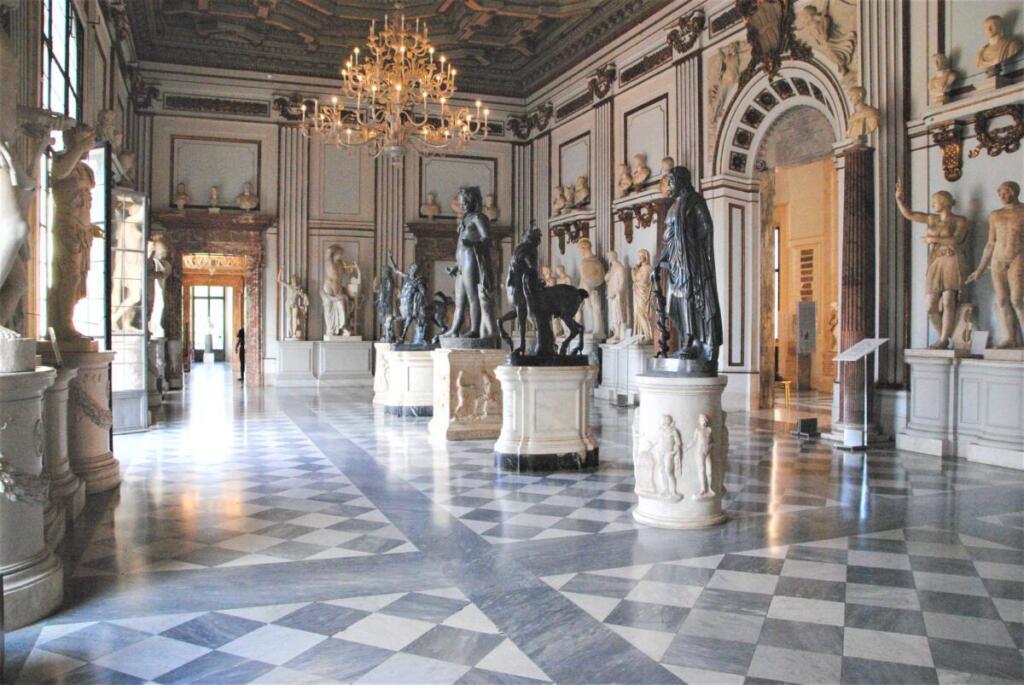
In the two side buildings of the Piazza del Campidoglio are the Capitoline Museums, the oldest museums in the world, founded by Sixtus IV in 1471 and open to the public since 1731.
The two buildings are connected by an underground gallery and offer a total exhibition area of 13,000 square meters.
There are collections of Roman sculptures collected by various popes, but also Egyptian works and paintings, in addition to the original of the statue of Marcus Aurelius.
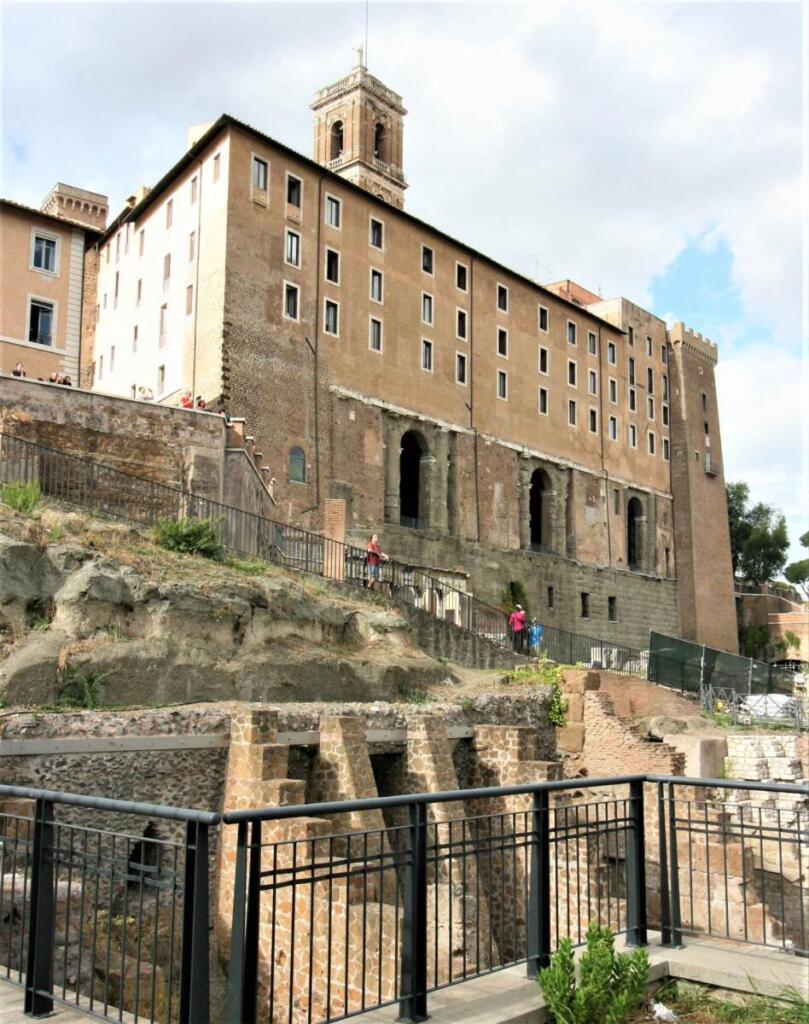
Even today the Palazzo Senatorio (Palace of the Senate) is the seat of the Municipality of Rome and the Mayor’s office has a balcony overlooking the Roman Forum.





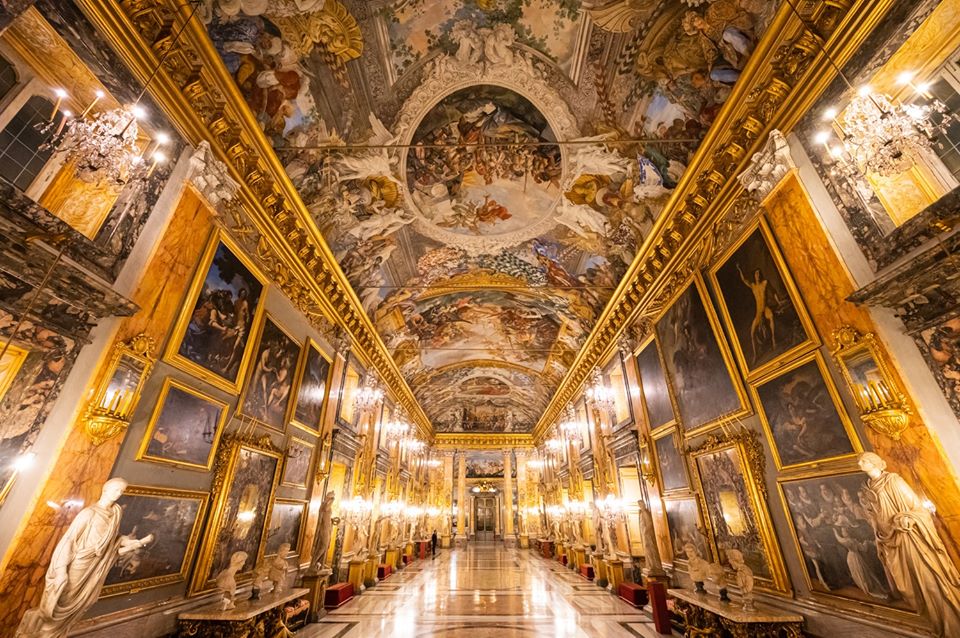

Follow us